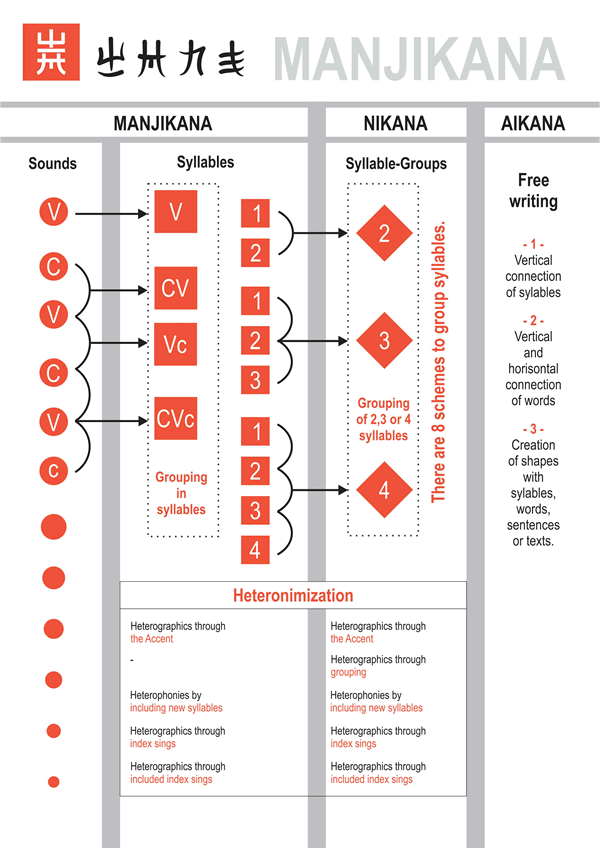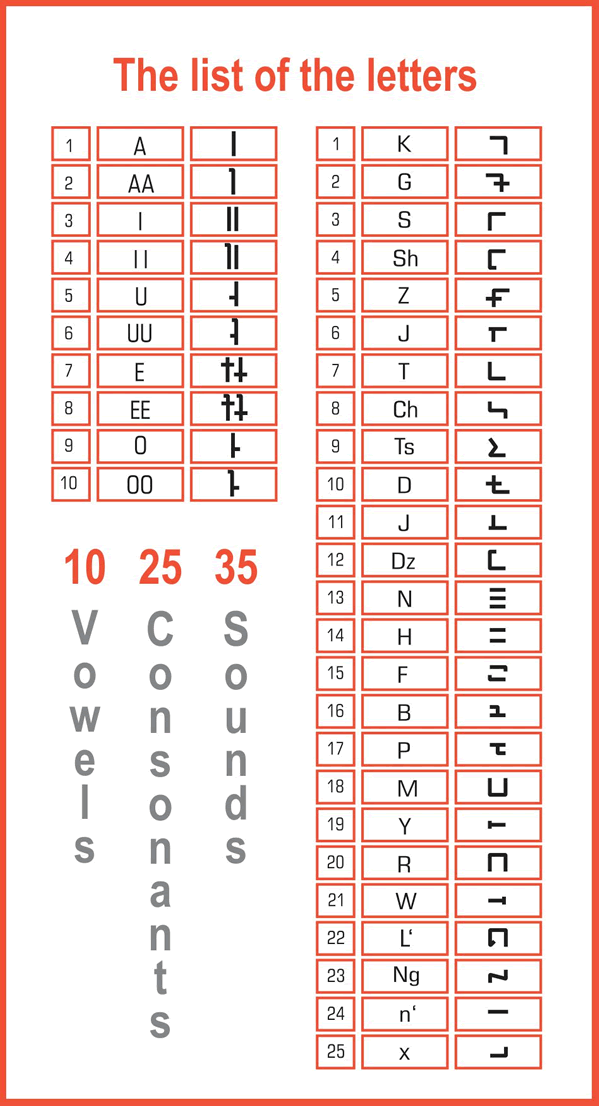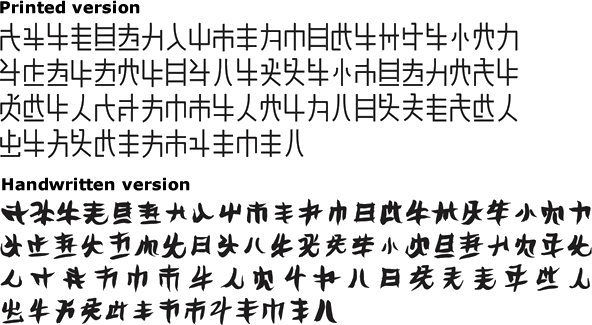Manjikana is an alternative writing system for Japanese created by Fatbardh Kraja in 2018. Being certain that the current writing systems (Kanji, Hiragana, Katakana and Romaji) do not suit the Japanese language, the author was able to determine 8 unresolved issues while writing.
Inspired by the "Manji" symbol (卍), he was able to find 8 solutions, all included in one single writing system. Manjikana fits the Japanese language's characteristics, as well as all its dialects.
To understand the concept of Manjikana check the scheme below:



すべての人間は、生まれながらにして自由であり、かつ、尊厳と権利と について平等である。人間は、理性と良心とを授けられており、互いに同 胞の精神をもって行動しなければならない。
すべて の にんげん は、 うまれながら に して じゆう で あり、 かつ、 そんげん と けんり と について びょうどう で ある。 にんげん は、 りせい と りょうしん と を さづけられており、 たがいに どう の せいしん を もって こうどうしなければならない。
Subete no ningen wa, umarenagara ni shite jiyū de ari, katsu, songen to kenri to ni tsuite byōdō de aru. Ningen wa, risei to ryōshin to o sazukerarete ori, tagai ni dōhō no seishinn o motte kōdō shinakereba naranai.
All human beings are born free and equal in dignity and rights. They
are endowed with reason and conscience and should act towards one another
in a spirit of brotherhood.
(Article 1 of the Universal Declaration of Human Rights)
For more details you can download this PDF or check the website: https://www.manjikana.com
Introduction to Japanese | Hiragana | Katakana | Kanji | Rōmaji | Phrases (Useful) | Phrases (Silly) | Numbers | Colours | Time | Dates | Family words | Tower of Babel | Articles | Links | Learning materials
Constructed scripts for: Ainu | Arabic | Chinese languages | Dutch | English | Hawaiian | Hungarian | Japanese | Korean | Lingala | Malay & Indonesian | Persian | Tagalog / Filipino | Russian | Sanskrit | Spanish | Taino | Turkish | Vietnamese | Welsh | Other natural languages | Colour-based scripts | Tactile scripts | Phonetic/universal scripts | Constructed scripts for constructed languages | Adaptations of existing alphabets | Fictional alphabets | Magical alphabets | A-Z index | How to submit a constructed script
[top]
You can support this site by Buying Me A Coffee, and if you like what you see on this page, you can use the buttons below to share it with people you know.

If you like this site and find it useful, you can support it by making a donation via PayPal or Patreon, or by contributing in other ways. Omniglot is how I make my living.
Note: all links on this site to Amazon.com, Amazon.co.uk
and Amazon.fr
are affiliate links. This means I earn a commission if you click on any of them and buy something. So by clicking on these links you can help to support this site.
[top]